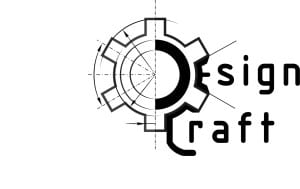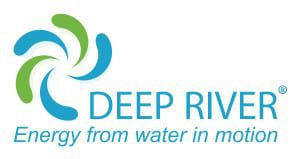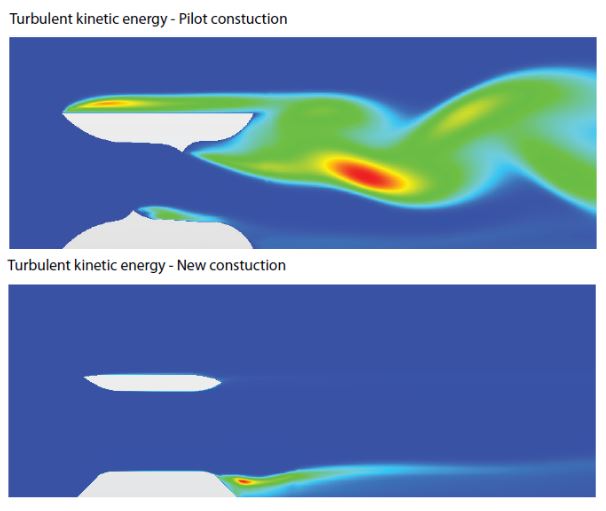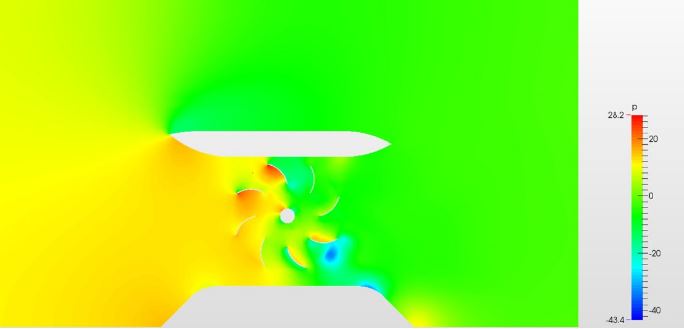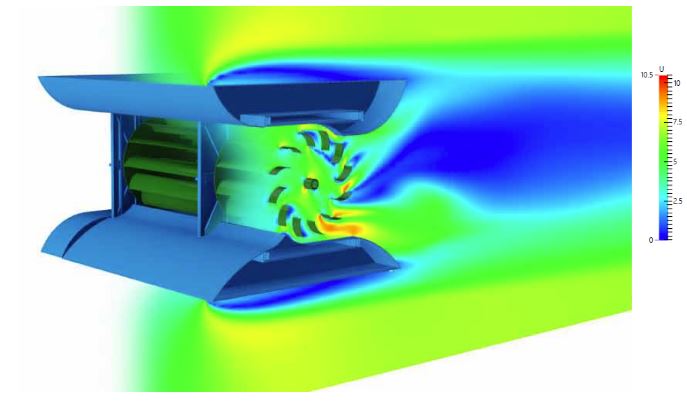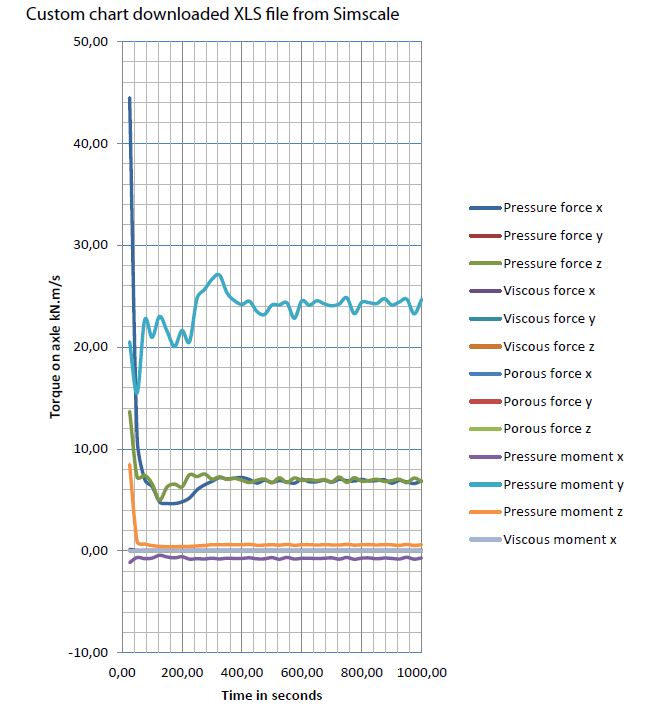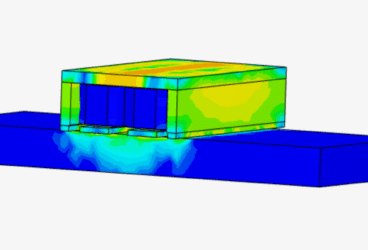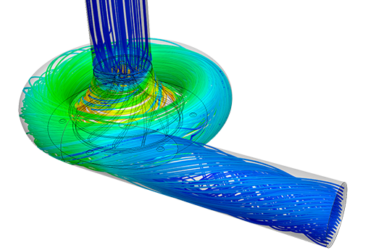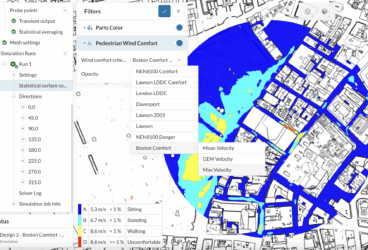Trond Gudmundsen works as a technical engineer, with a background in blacksmithing and construction welding, in Oslo, Norway. He started his consultancy office, Designcraft, in 2010 and works with his customers to design metal construction and general product development.
Currently, he is working on a project for DeepRiver AS, a company that is active in the research and development of power plants that produce electricity from slow/fast-moving rivers, ocean, and tidal currents.
In this project, Trond is implementing design solutions to improve the efficiency of the turbines using fluid mechanics simulation results obtained from SimScale.
Challenge: Testing a Water Turbine
DeepRiver AS needed to test the energy efficiency of their turbine design, called the Pilot Turbine, to determine which design solutions would improve their turbine. There are many types of water turbine designs. This prototype was based on an old water wheel concept, which was full‐scaled tested in Klaipėda, Lithuania.
Although paper calculations gave a promising efficiency and the physical test also showed good results, it was still important to gain a deeper understanding of the behavior of water through the turbine construction. For example, it is essential to appreciate how the pressure is distributed on the turbine blades.
The project moved to a critical stage, where the modifications and improvements to the design had to be implemented in the technical drawings for the final turbine version construction. For the validations, Trond considered investing in on‐site testing with an on‐premises CFD simulation software license, however, the costs proved to be too high.
While searching for a more optimal solution, Trond learned about SimScale, a powerful, cost‐effective numerical analysis tool that could be used to verify each of the design changes before the company started full production.
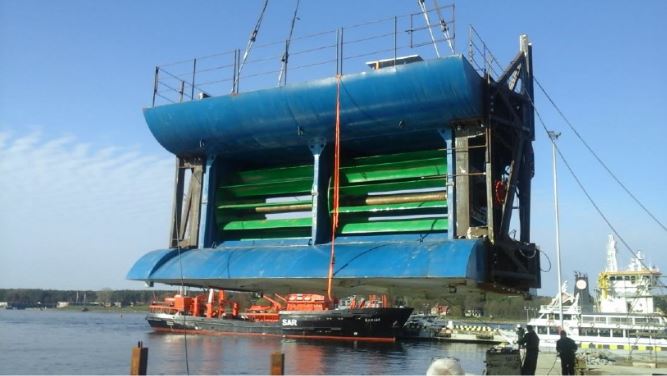
Simulation
With SimScale, Trond was able to set up and run CFD simulations to better understand the local conditions and analyze parameters, including flow rate, turbulence, frequency, and rotation effect on the flow.
Firstly, Trond ran two simulations on the Pilot Turbine. Physical tests and simulations matched each other’s conclusions, and both made it obvious that the turbine construction should be more streamlined. Later, incremental changes to the design were made. Each version was tested using simulation until the final version was ready.
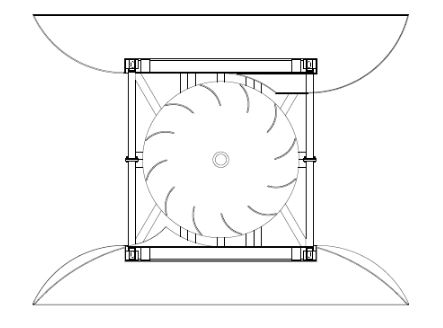
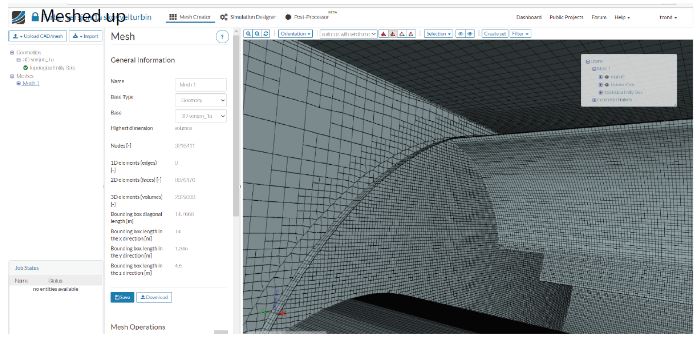
For the simulations, snappyHexMesh with a base mesh box was used to create the “water” body and regional refinements around the object to be studied.
The meshing took about 35 minutes with 16 cores, and each simulation took approximately 1/2 hours on 32 cores. The incompressible fluid flow with k‐omega SST (k–ω) turbulent model was chosen. The whole construction to be analyzed was about 3 x 3 x 6 meters, and a quarter of the construction model was simulated to save computing time.
Discover all the simulation features provided by SimScale. Download the document below.
Results
The simulation results helped Trond to better understand how to capture pressure to obtain more energy from the water flow, and how to avoid unnecessary turbulence and drag. The simulations have also contributed to increasing the effectiveness of the water turbine design. Although the optimized turbine construction was reduced by 30% in size, has almost half the number of turbine blades and the turbine has a smaller diameter, the new design is still as effective as its predecessor.
The images above show the comparison of the turbulent kinetic energy for the initial casing design (first) and the optimized casing design (second). The optimized design had vastly reduced turbulence, resulting in a more streamlined flow around the casing.
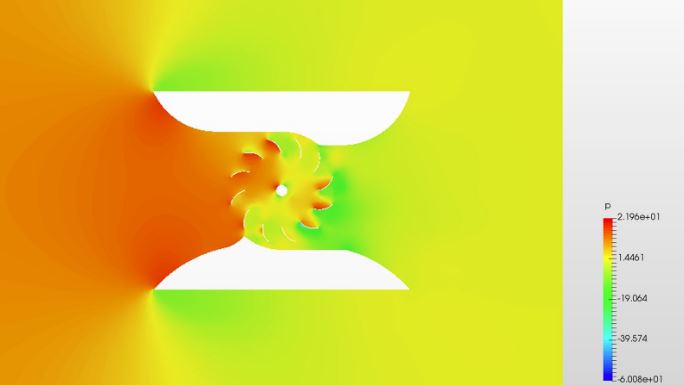
“When comparing local software with SimScale, with on-premises CAE software, it took 1 hour to prepare the geometry, 1 hour to set up the simulation, and up to 49 computing hours to complete one run; however with SimScale, the processing time was dramatically decreased to 1/2 hours in real time on 32 cores (48 hour computing time on 32 cores). On top of that, with the ability to run multiple simulations at the same time, I was able to use up to 150 computing hours in just 2 working days,” said Trond Gudmundsen.
The progress bar on the platform, as well as the email notifications, give a clear overview of the ongoing and finished work, and enabled Trond to better control the pace of client projects.
The figure below shows the numerical results for the velocity magnitude contours on a cross-section plane of the initial water turbine blade design. Separated flow with low velocities can be observed in the blade wake regions.
Finally, the figure below shows the evolution of torque, pressure, and viscous forces on the turbine over the simulation time. The forces reach a statistically steady value after a few hundred seconds.
“SimScale customer support is positively surprising because usually the customer pays a lot of money but needs to wait days or even weeks for a support reply. SimScale service has a very clear structure, that one account manager and one support engineer are my only points of contact to listen to my request, and positively keep me updated,” added Trond.
Currently, our senior CFD Support Engineer, Dr. Pawel Sosnowski, is collaborating with Trond for technical assistance needs. We are looking forward to seeing the finished product of this new water turbine design produced by DeepRiver AS!
Do you want to read more success stories of SimScale customers? You might find this article interesting: Tokyowheel: Simulating Carbon Fiber Racing Wheels with SimScale.
